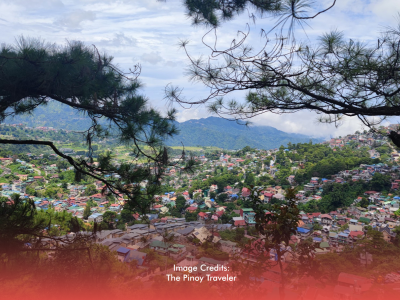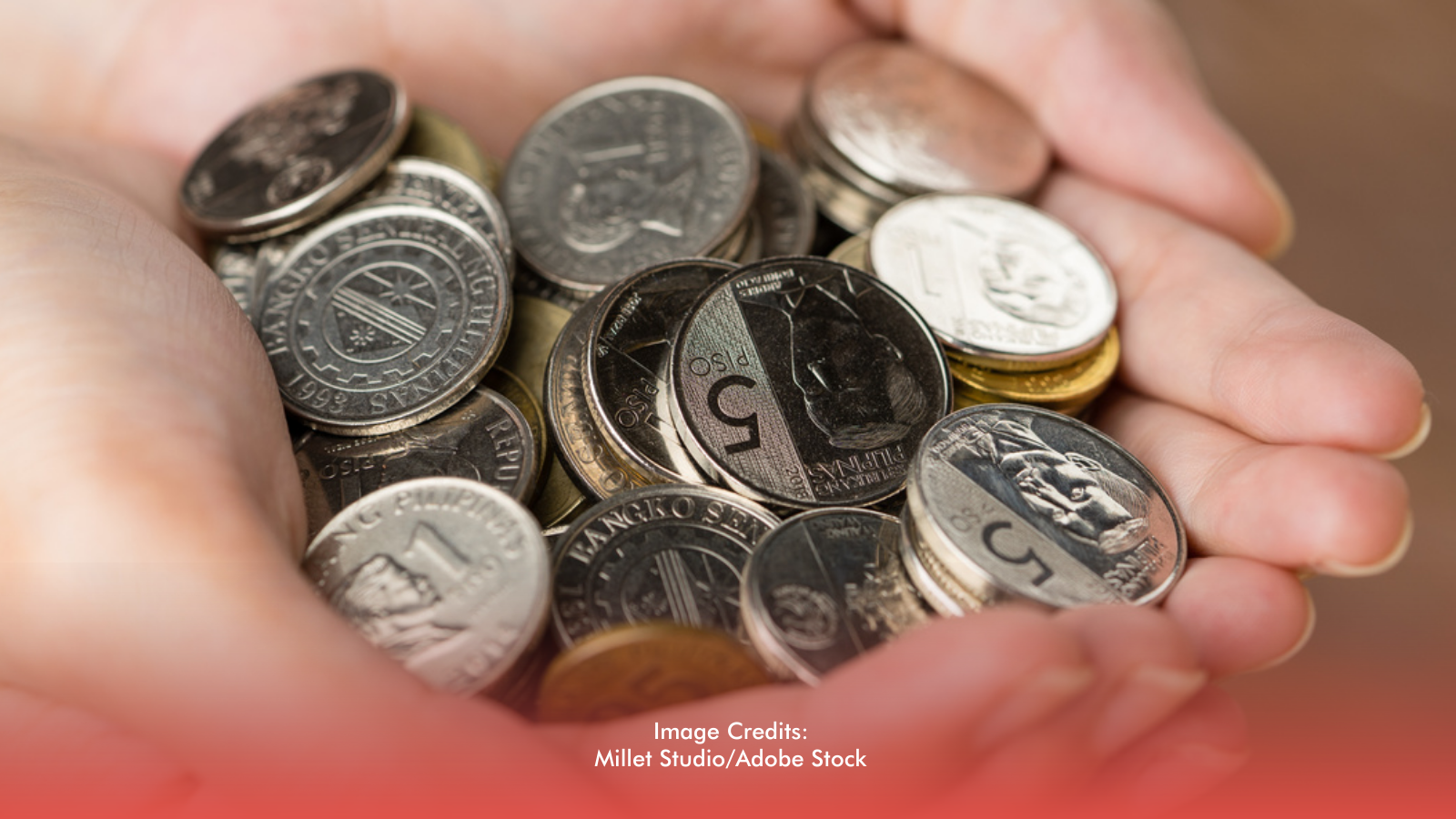The agreement reached between the Philippines and South Korea on Monday, October 7, to conduct a feasibility study on the Bataan Nuclear Power Plant (BNPP) marks a significant turning point for the country's energy sector. The agreement, witnessed by President Ferdinand "Bongbong" Marcos Jr. and South Korean President Yoon Suk Yeol at Malacañang Palace, aims to evaluate the viability of reviving a project that has remained inactive for over 30 years.
A Historic Project Revisited
The BNPP, originally commissioned by Ferdinand Marcos Sr. in the 1970s, was intended to bolster the Philippines' energy capacity. However, after significant investment and construction, the project was halted due to safety concerns. Now, President Marcos Jr. is optimistic about the BNPP's future, viewing it as a crucial component of the nation’s energy security. He noted South Korea's expertise in the nuclear industry, underscoring the collaborative potential of this partnership. This renewed focus on nuclear energy aligns with Marcos’s vision of integrating diverse and sustainable energy sources into the national grid.
Understanding the Memorandum of Understanding (MOU)
The recently signed Memorandum of Understanding (MOU) lays the groundwork for the feasibility study, which aims to provide critical insights into the BNPP's rehabilitation and explore other nuclear energy options. The Philippine Department of Energy (DOE) has made it clear that this study will be fully funded by Korea Hydro & Nuclear Power Co., Ltd. (KHNP), alleviating any financial burden on the Philippine government. The exploratory nature of the study allows for flexibility; the government is under no obligation to move forward with any recommendations, ensuring a cautious and informed approach.
Path Forward: Phased Study and Future Prospects
Set to kick off in January 2025, the feasibility study will unfold in two distinct phases. The first phase involves a comprehensive assessment of the current state of the BNPP, while the second will analyze whether refurbishment is a practical option. If the initial findings suggest that rehabilitation is not advisable, KHNP may propose alternative energy solutions, such as constructing a new conventional power plant or implementing small modular reactors. This phased methodology not only prioritizes safety and thorough analysis but also positions the Philippines to adapt to changing energy needs and global trends toward cleaner energy sources.








